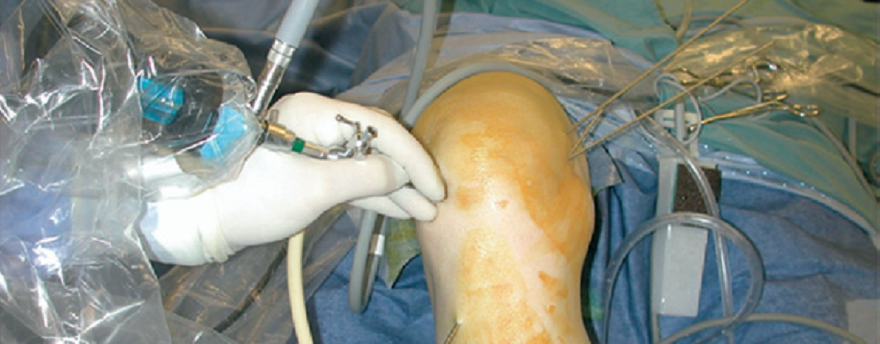De:
Denburg MR1, Leonard MB2, Haynes K3, Tuchman S4, Tasian G2, Shults J2, Copelovitch L2.
Studies have shown decreased bone mineral density in individuals with urolithiasis, but their burden of fracture remains unclear. This study sought to determine whether urolithiasis is associated with increased fracture risk across the lifespan and to delineate sex effects.
A population-based retrospective cohort study using The Health Improvement Network was performed. The median calendar year for the start of the observation period was 2004 (1994-2012). This study identified 51,785 participants with ≥1 of 87 diagnostic codes for urolithiasis and 517,267 randomly selected age-, sex-, and practice-matched participants. Cox regression was used to estimate the hazard ratio (HR) for first fracture. Fractures identified using diagnostic codes were classified by anatomic site.
Median age was 53 years, and 67% of participants were men, confirming their greater urolithiasis burden. Median time from urolithiasis diagnosis to fracture was 10 years. The HR for fracture associated with urolithiasis differed by sex and age (P for interactions, P≤0.003). In men, the adjusted HR was greatest in adolescence (1.55; 95% confidence interval [95% CI], 1.07 to 2.25) with an overall HR of 1.10 (95% CI, 1.05 to 1.16). Urolithiasis was associated with higher fracture risk in women aged 30-79 years (HR, 1.17-1.52), and was highest in women aged 30-39 years (HR, 1.52; 95% CI, 1.23 to 1.87). Peak background fracture rates were highest in boys aged 10-19 years and in women aged 70-79 years. The incidence per 10,000 person-years in participants with versus without urolithiasis was 392 versus 258 in male participants aged 10-19 years, and 263 versus 218 in women aged 70-79 years. Distribution of fracture site within sex did not differ between participants with versus without urolithiasis.
Urolithiasis was associated with higher incident fracture risk. The significantly higher risk at times of peak background fracture incidence in adolescent boys and elderly women has profound public health implications.
Denburg MR1, Leonard MB2, Haynes K3, Tuchman S4, Tasian G2, Shults J2, Copelovitch L2.
Clin J Am Soc Nephrol. 2014 Oct 23. pii: CJN.04340514. [Epub ahead of print]
Risk of Fracture in Urolithiasis: A Population-Based Cohort Study Using the Health Improvement Network.
Un estudio halla que las piedras en los riñones se asocian con unos huesos más frágiles
Abstract
BACKGROUND AND OBJECTIVES:
DESIGN, SETTING, PARTICIPANTS, & MEASUREMENTS:
RESULTS:
CONCLUSIONS:
Copyright © 2014 by the American Society of Nephrology.
KEYWORDS:
epidemiology and outcomes; kidney stones; risk factors
Los pacientes con piedras en los riñones podrían tener un riesgo mayor de rotura de huesos y podrían necesitar tratamiento para proteger su salud ósea, según un nuevo estudio.
Los investigadores, dirigidos por la Dra. Michelle Denburg, del Hospital Pediátrico de Filadelfia, analizaron los datos de casi 52,000 pacientes británicos con piedras en los riñones y más de 517,000 personas sin piedras en los riñones.
Durante una media de seguimiento de casi 5 años, los pacientes con piedras en los riñones tenían un riesgo significativamente más alto de fracturas, y este riesgo más alto afectó a todos los huesos, halló el equipo de Denburg.
En general, los hombres con piedras en los riñones tenían un 10 por ciento más de probabilidades de sufrir fracturas óseas que los que no tenían piedras en los riñones. El riesgo más alto lo tenían los adolescentes varones: los que tenían piedras en los riñones presentaban un riesgo un 55 por ciento más alto de fracturas que los que no tenían piedras en los riñones.
En cuanto a las mujeres, las que tenían piedras en los riñones tenían un riesgo entre un 17 y un 52 por ciento mayor de sufrir fracturas desde los 20 hasta los 69 años, y el riesgo más alto lo tenían las mujeres de 30 a 39 años, según el estudio publicado en línea el 23 de octubre de la revista Clinical Journal of the American Society of Nephrology.
Los hallazgos solamente indican una asociación entre tener piedras en los riñones y el riesgo de fracturas, y no demuestran que haya una relación de causalidad. Pero los investigadores creen que los esfuerzos por mejorar la salud ósea de los pacientes con piedras en los riñones podrían ayudarles a evitar fracturas.
“Dado que el tiempo medio desde el momento del diagnóstico de [piedras en los riñones] hasta la fractura fue de una década, quizá podamos intervenir durante este intervalo para reducir el problema de las fracturas futuras”, dijo Denburg en un comunicado de prensa de la Sociedad Americana de Nefrología (American Society of Nephrology).
Artículo por HealthDay, traducido por Hispanicare
Artículo por HealthDay, traducido por Hispanicare
FUENTE: American Society of Nephrology, news release, Oct. 23, 2014
HealthDay

No hay comentarios:
Publicar un comentario